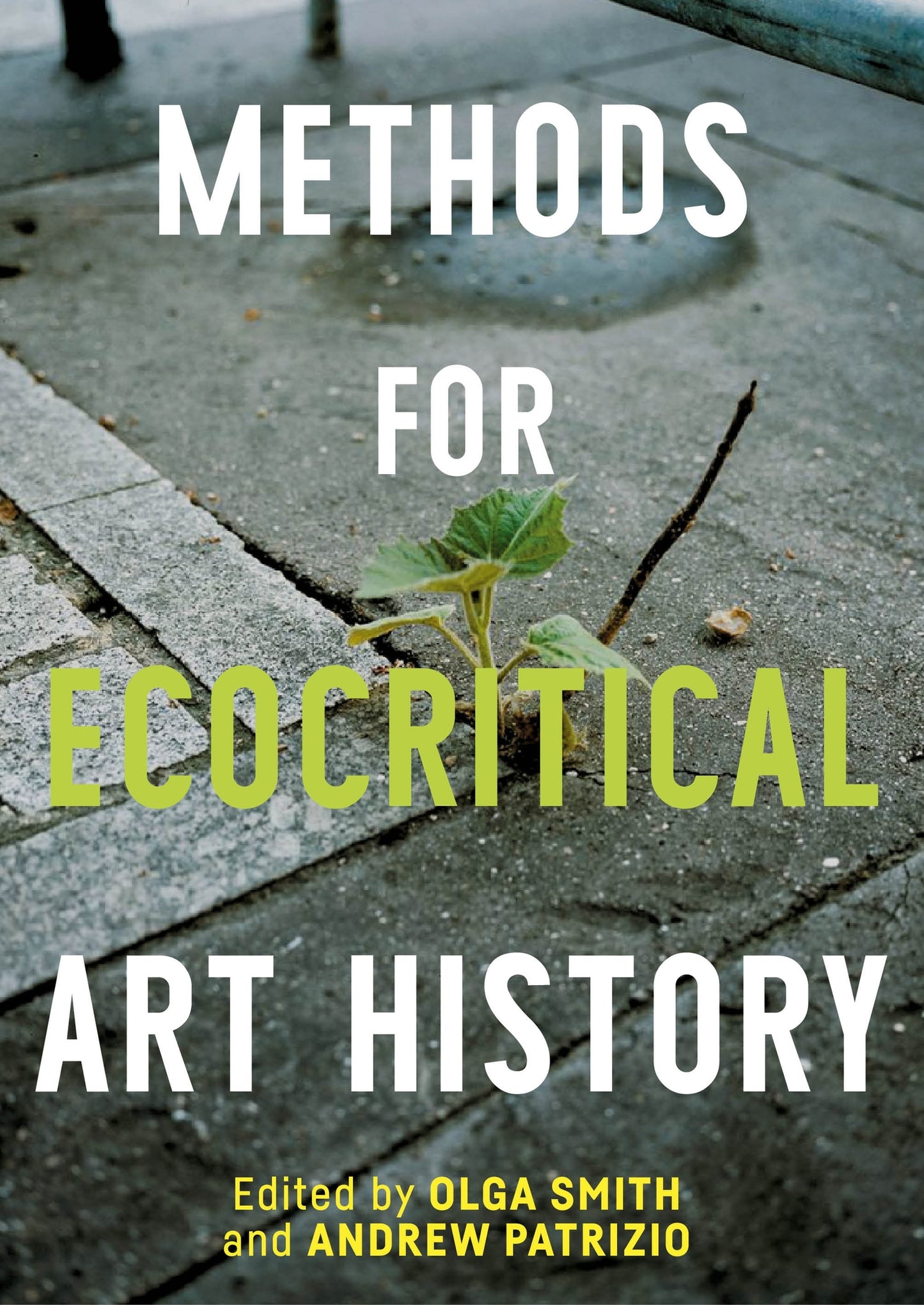We're sorry. An error has occurred
Please cancel or retry.
Methods for ecocritical art history

Some error occured while loading the Quick View. Please close the Quick View and try reloading the page.
- Format:
-
03 February 2026


ART / History / General, History of art, HISTORY / Study & Teaching, PHILOSOPHY / Movements / Critical Theory, SOCIAL SCIENCE / Race & Ethnic Relations, SCIENCE / Global Warming & Climate Change, NATURE / Ecology, Research methods: general, History: theory and methods, Applied ecology

Introducing methods for ecocritical art history – Olga Smith and Andrew Patrizio
1 Space: the place and the planet
1.0 Introduction: space – Olga Smith and Andrew Patrizio
1.1 Haudenosaunee creation as ecocritical method in Shelley Niro’s La Pieta series – Nyssa Komorowski
1.2 Precious blossom cliff in the slumbering dragons mountains – De-nin D. Lee
1.3 Oikos, or an interface to perceive the world – Peter J. Schneemann
1.4 A view from Hampstead Heath: making the case for an ‘Angloseen’ – Charlotte Gould and Sophie Mesplède
2 Time: periods and timescales
2.0 Introduction: time – Olga Smith and Andrew Patrizio
2.1 Geoaesthetics at the limits of global art history – Sugata Ray
2.2 Weathering art history: metaphor and method – Mark Cheetham
2.3 Interpreting art ecologies of the past – Greg M. Thomas
2.4 J .M. W. Turner’s ecopoetics of steam – Sarah Gould
3 Bodies: ecofeminism and queer ecologies
3.0 Introduction: bodies – Olga Smith and Andrew Patrizio
3.1 Trans-scalar ecologies: planetary feminist storying with art – Marsha Meskimmon
3.2 Tides of care – Jaimey Hamilton Faris
3.3 What the coral reef can teach us about trans liberation – Jeanne Vaccaro
4 Matter: material ecocriticism
4.0 Introduction: matter – Olga Smith and Andrew Patrizio
4.1 Sacrifice zones: visualising dis-placements and material extractions – Maura Coughlin and Emily Gephart
4.2 Thinking through boundaries: ecocriticism and medieval art history – Danielle B. Joyner
4.3 ‘The colour of our hearts is the colour of our city’: dimensions of eco-visuality in Nigeria – Frank Ugiomoh
4.4 Ecocriticism at the edges – James Nisbet
5 Beings: multispecies methods
5.0 Introduction: beings – Olga Smith and Andrew Patrizio
5.1 A multispecies framework for art: the bowerbird across disciplines – Nina Amstutz
5.2 Food and caste ecologies in Sajan Mani’s Beef Project – Anisha Palat
5.3 Ecopolitical aesthetics of weeds – Olga Smith
5.4 New visualities: landscape vision and things that do not see – Rachael Z. DeLue
6 Communities: decolonial and Indigenous frameworks
6.0 Introduction: communities – Olga Smith and Andrew Patrizio
6.1 Keywords for indigenising ecocritical art history – Jessica L. Horton
6.2 Ecology’s spectres and the reorigination of ecocritical art history – Amanda Boetzkes
6.3 Declarations of vulnerability: Ring of Fire – Jeannine Tang
6.4 Ochre and ore: Indigenous ecopoetics in contemporary South African art – Allison K. Young
Index



